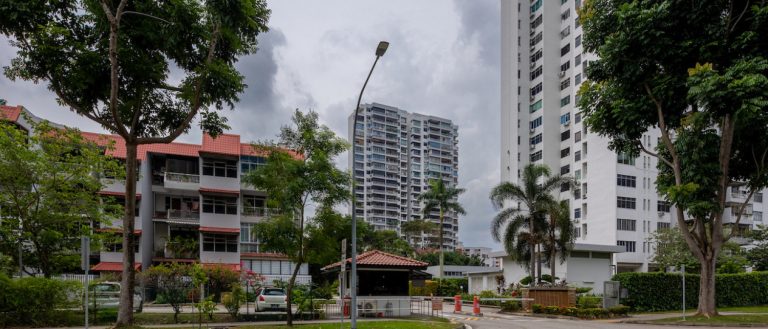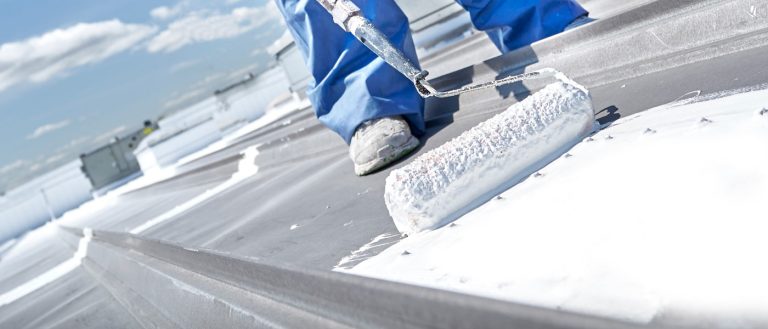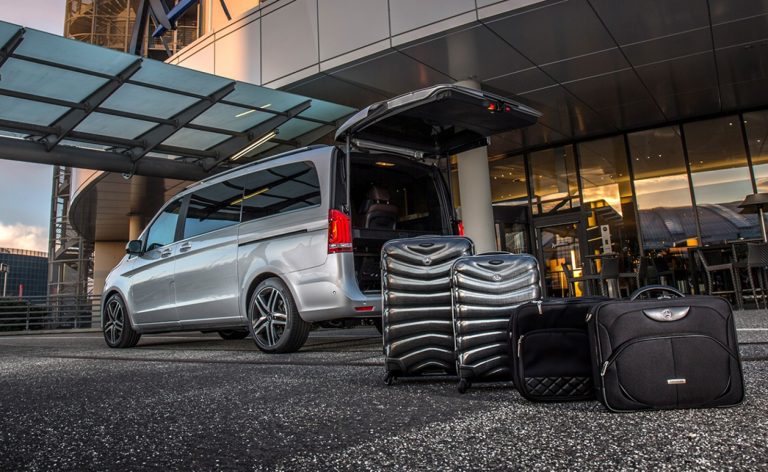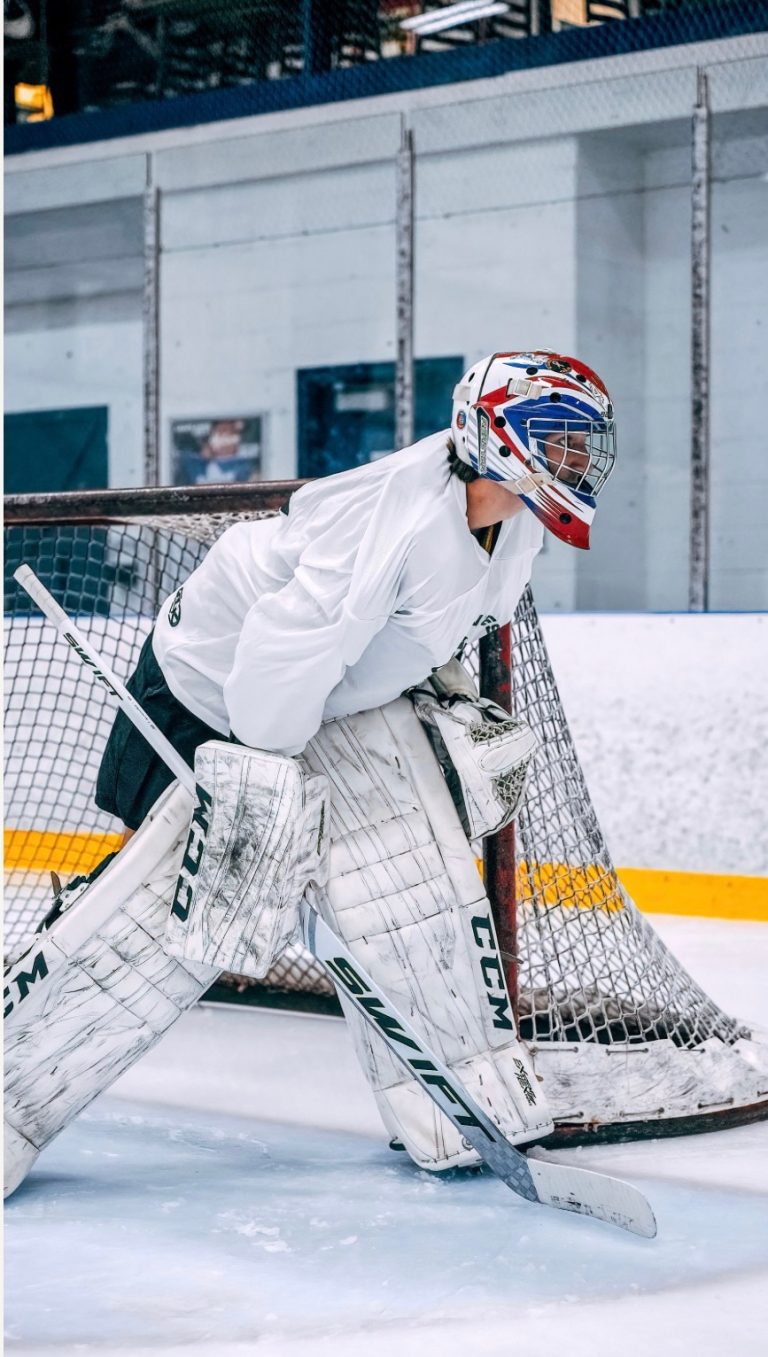Converting JPG image to vector graphics is a transformative process that opens doors to scalability, flexibility, and precision in design. Here’s how to seamlessly convert your JPGs into vector graphics:
Step 1: Understand the Difference
Recognize the fundamental distinction between raster and vector graphics. Raster images, like JPGs, are comprised of pixels, leading to resolution limitations. Vector graphics, however, are defined by mathematical equations, allowing for infinite scalability without quality loss.
Step 2: Choose Your Tool
Select a vector graphics editor that suits your needs and expertise level. Adobe Illustrator, Inkscape, and CorelDRAW are popular choices, each offering a robust set of tools for vectorization.
Step 3: Prepare Your JPG
Before conversion, optimize your JPG image. Adjust resolution, contrast, and brightness to enhance clarity. Remove unnecessary elements from the background to simplify the process.
Step 4: Select a Method
Choose a vectorization method that suits your image and preferences:
- Automatic Tracing: Utilize software features to automatically trace the JPG image. While convenient, manual adjustments may be necessary for accuracy.
- Manual Tracing: Use tools like the Pen tool or Bezier curves to manually trace over the image, offering precise control over the conversion process.
- Hybrid Approach: Combine automatic and manual tracing for optimal results. Start with automatic tracing to establish a base, then refine it manually for finer details.
Step 5: Refine and Enhance
After conversion, refine vector paths to ensure accuracy. Adjust anchor points, smooth curves, and remove imperfections for a polished result.
Step 6: Save Your Vector Graphic
Save your artwork in a vector format like SVG, AI, or EPS to maintain scalability and editability. This ensures compatibility across various design applications.
Step 7: Test Scalability and Quality
Confirm the success of your conversion by testing scalability. Resize your vector graphic to different dimensions to ensure crispness and clarity at any size.
Step 8: Integrate into Your Workflow
Incorporate your vector graphic seamlessly into your design projects. Enjoy the benefits of scalability and flexibility as you create visually stunning designs effortlessly.
Conclusion
Converting JPGs to vector graphics is a powerful way to elevate your design work. By following these steps, you can seamlessly convert your JPG images into high-quality vectors, unlocking new possibilities for creativity and precision in your designs.













+ There are no comments
Add yours